Ian Whalen
Multi-Criterion Evolutionary Design of Deep Convolutional Neural Networks
Dec 03, 2019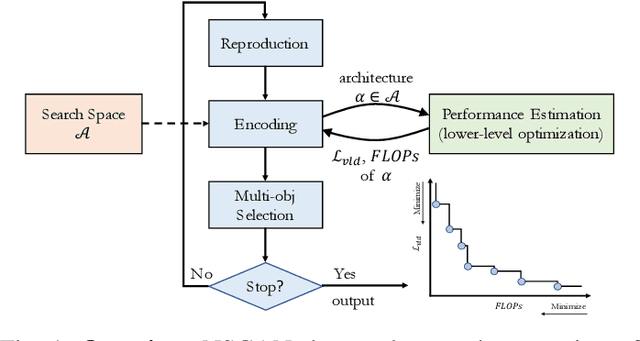

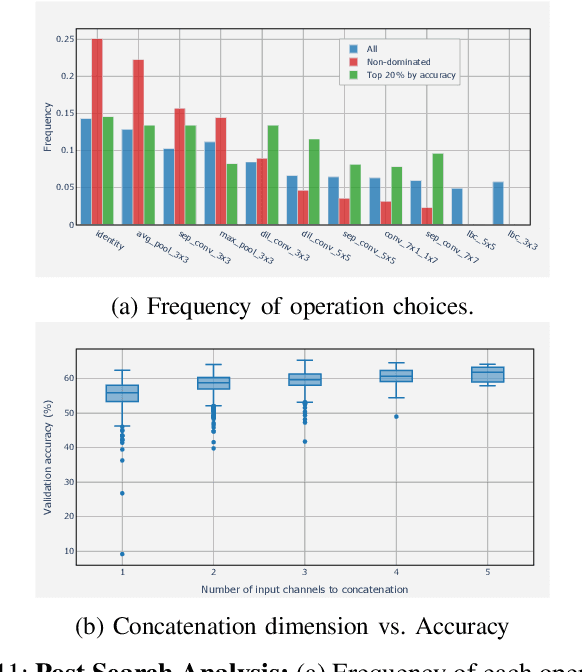
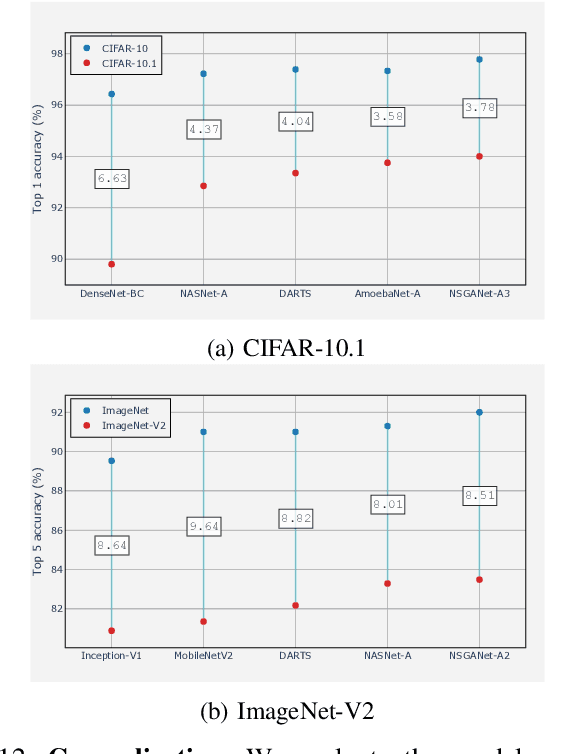
Abstract:Convolutional neural networks (CNNs) are the backbones of deep learning paradigms for numerous vision tasks. Early advancements in CNN architectures are primarily driven by human expertise and elaborate design. Recently, neural architecture search was proposed with the aim of automating the network design process and generating task-dependent architectures. While existing approaches have achieved competitive performance in image classification, they are not well suited under limited computational budget for two reasons: (1) the obtained architectures are either solely optimized for classification performance or only for one targeted resource requirement; (2) the search process requires vast computational resources in most approaches. To overcome this limitation, we propose an evolutionary algorithm for searching neural architectures under multiple objectives, such as classification performance and FLOPs. The proposed method addresses the first shortcoming by populating a set of architectures to approximate the entire Pareto frontier through genetic operations that recombine and modify architectural components progressively. Our approach improves the computation efficiency by carefully down-scaling the architectures during the search as well as reinforcing the patterns commonly shared among the past successful architectures through Bayesian Learning. The integration of these two main contributions allows an efficient design of architectures that are competitive and in many cases outperform both manually and automatically designed architectures on benchmark image classification datasets, CIFAR, ImageNet and human chest X-ray. The flexibility provided from simultaneously obtaining multiple architecture choices for different compute requirements further differentiates our approach from other methods in the literature.
NSGA-NET: A Multi-Objective Genetic Algorithm for Neural Architecture Search
Oct 08, 2018
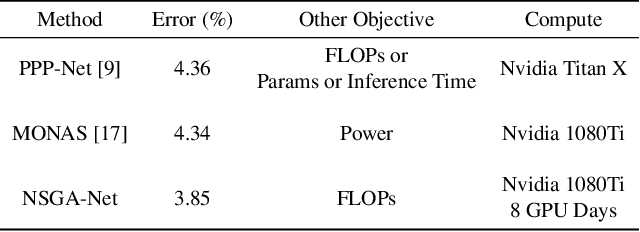

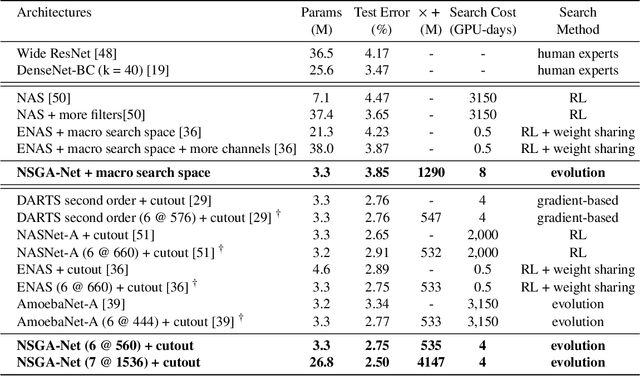
Abstract:This paper introduces NSGA-Net, an evolutionary approach for neural architecture search (NAS). NSGA-Net is designed with three goals in mind: (1) a NAS procedure for multiple, possibly conflicting, objectives, (2) efficient exploration and exploitation of the space of potential neural network architectures, and (3) output of a diverse set of network architectures spanning a trade-off frontier of the objectives in a single run. NSGA-Net is a population-based search algorithm that explores a space of potential neural network architectures in three steps, namely, a population initialization step that is based on prior-knowledge from hand-crafted architectures, an exploration step comprising crossover and mutation of architectures and finally an exploitation step that applies the entire history of evaluated neural architectures in the form of a Bayesian Network prior. Experimental results suggest that combining the objectives of minimizing both an error metric and computational complexity, as measured by FLOPS, allows NSGA-Net to find competitive neural architectures near the Pareto front of both objectives on two different tasks, object classification and object alignment. NSGA-Net obtains networks that achieve 3.72% (at 4.5 million FLOP) error on CIFAR-10 classification and 8.64% (at 26.6 million FLOP) error on the CMU-Car alignment task. Code available at: https://github.com/ianwhale/nsga-net
 Add to Chrome
Add to Chrome Add to Firefox
Add to Firefox Add to Edge
Add to Edge